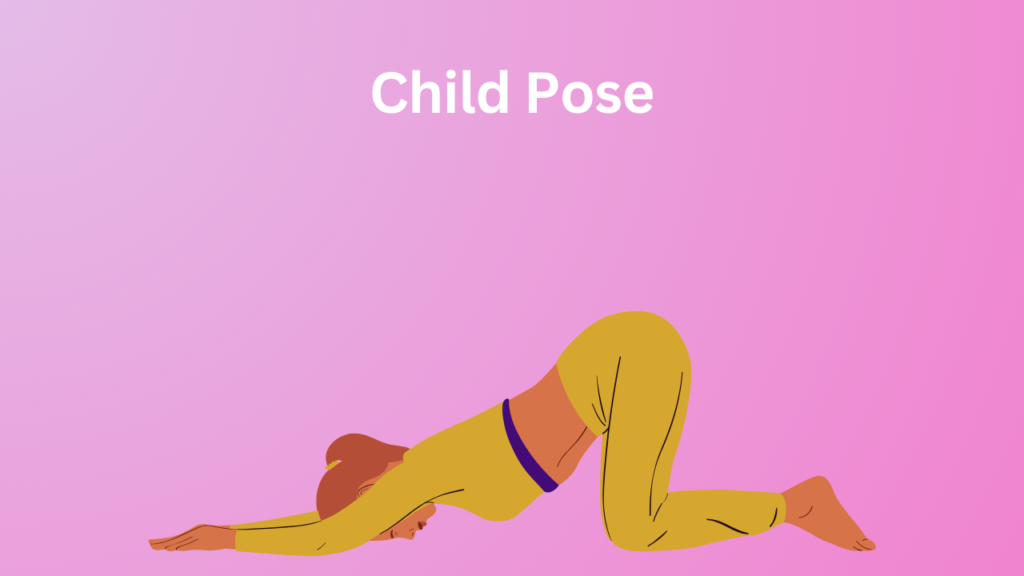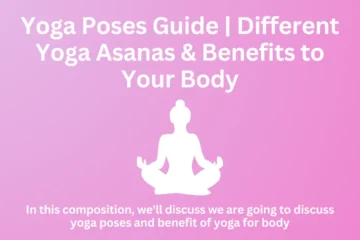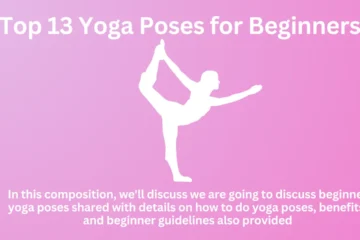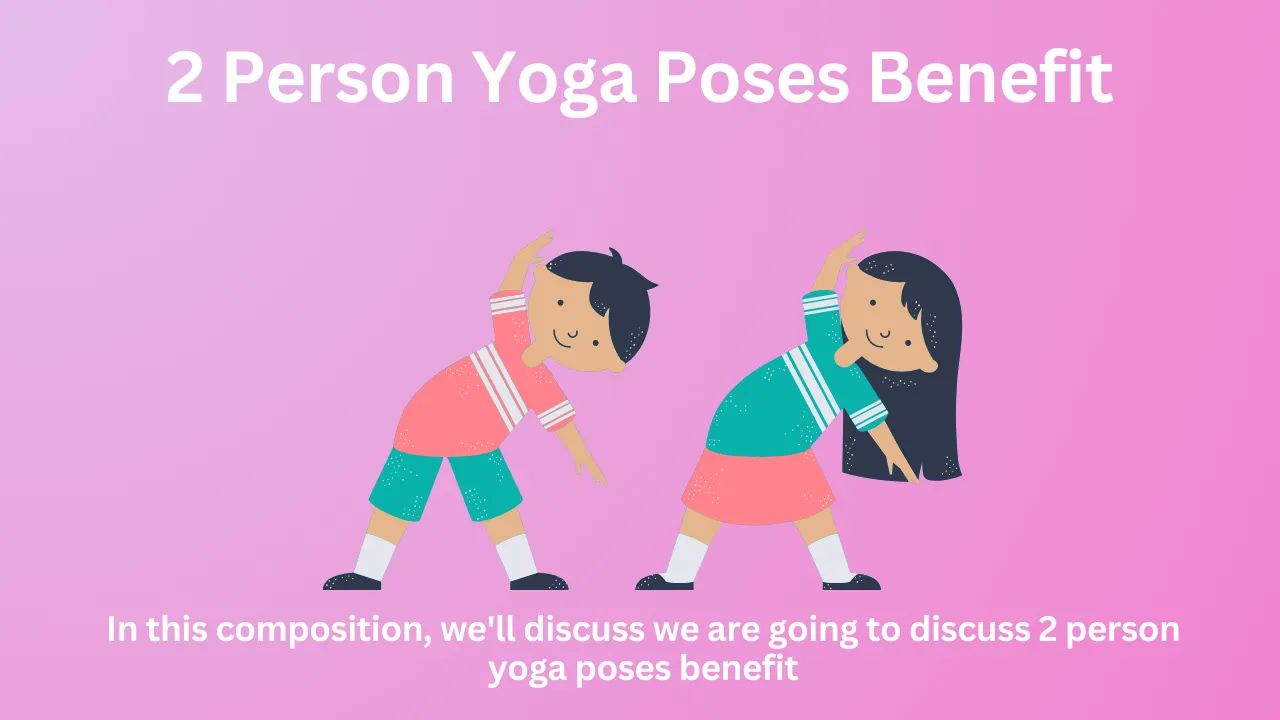Yoga-interested beginners are here looking for a Dolphin Pose Yoga guide that helps them stay fit as beginners. You want to know dolphin yoga poses for beginners, their benefits, and how to do them. Boost your health with the dolphin pose. Finding random moments of calm and quiet in the hectic pace of contemporary life is crucial for preserving one’s physical and mental well-being.
You are cordially invited to try this revitalizing shoulder opening from CNY Healing Arts. If you have wrist pain or stiffness that prevents you from doing Adho Mukha Svanasana (Downward Facing Dog Pose), Dolphin Pose is an excellent, somewhat inverted alternative pose. In this blog post, we will discuss dolphin yoga poses and their benefits.
Dolphin Pose Advantages
Whether you’re doing an Adho Mukha Vrksasana (handstand) for a few breaths or a sirsasana (headstand) for several minutes, going upside down may feel liberating. There are several reasons inversions are good for your body, mind, and emotions. However, when you flip your typical connection with gravity on its head, it would be beneficial if you were also resilient, strong, and confident in yourself.
Learning this can take some time. Try the dolphin stance instead of a full inversion if your mind and body aren’t ready. It has a lot of advantages. A more advanced and difficult variation of the Downward-Facing Dog Pose (Adho Mukha Svanasana) is the Dolphin Pose (Catur Svanasana). It is the forearms, not the hands, that support the body weight in this position.
Because it stretches and strengthens the upper body, it is a great warm-up for inversions or a good fallback if you are not comfortable raising your legs over your head. Your arms and core will get stronger, and your shoulders and spine will be able to move more freely with continued exercise.
Also, you’ll become accustomed to supporting your weight with your hands, arms, and upper body. Or, to put it another way, if you make friends with Dolphin, you will open up a world where you can cartwheel just like you did when you
Poses
Child’s Pose

- While in the child’s position (balasana), begin to inhale deeply several times. Assume the thunderbolt position (Vajrasana) by raising your head and chest, keeping your hips on your heels, and keeping your spine straight.
- Place your right palm on the left elbow and your left palm on the right elbow to measure the elbows. To avoid getting too close to the knees, lower the arms to the mat.
- To form a tripod, spread your arms wide and interlace your fingers. Now, elevate your hips and bring your abs in while pressing your forearms into the mat and holding onto your elbows and palms. Tie your shoes to your knees. You can maintain a modest bend in your knees if your hamstrings are tight.
- Your forearms should be parallel to the mat and one another as you unlock your palms. The skull and vertebrae are aligned.
- The spine remains straight, and the head is level with the tops of the arms. Take deep breaths and hold the position for a minimum of six breaths or longer. To maintain the posture, pull the kneecaps up toward the thighs to keep the legs moving.
- While maintaining the shoulders away from the ears and pressing the heels and elbows toward the mat—which don’t have to contact the floor—vigorously contract the core to stabilize. To prevent the neck and shoulders from being too tense, the upper arms are also kept away from the ears.
- As you release the position, return your knees to the floor and take a moment to relax in the child position.
Table Top Pose

- Go to all fours (two palms and two knees) to strike the tabletop posture. The distance between the hands and the knees should be around shoulder-width and hip-width, respectively. Another important detail to note is the alignment of the palms and shoulders.
- The hips and knees are parallel to one another. One at a time, place your elbows on the mat so that your elbows and shoulders line up. As you inhale, curl your toes in, plant your palms and forearm elbows into the mat, raise your knees, and extend your legs. The tops of the arms and the head are in the same position.
- Look down. Elevate your hips while simultaneously lowering your heels at the same time.
- Hold the posture for five to eight breaths. The heels don’t have to come into contact with the ground. Try not to push it.
- Lower your knees to the mat and return your hips to your heels in the child posture to release yourself from the pose. Breathe deeply a few times while in this stance.
Posing in the Dolphin Position
Start from the hands and knees. Lay your forearms parallel to one another on the ground with your palms down. Your knees should be exactly behind your hips, and your elbows should be perfectly beneath your shoulders. Press down firmly with your hands and forearms on the ground.
After bringing your legs up to a straight posture similar to Adho Mukha Svanasana (Downward Facing Dog Pose), curl your toes under. If your back becomes rounded as you fully extend your legs, maintain a tiny bend in your legs. Lengthen your spine via the tailbone and raise your sitting bones toward the sky. Maintain a strong shoulder blade position against your back while extending down through your heels.
Avoid letting your head hang loosely or resting it on the ground, since this may encourage you to use it as support. Instead, make the V-shape of the position with your head held between your upper arms. After taking three to eight calm, deep breaths while in Dolphin Pose, lower your knees back to the floor.
Not Suitable for Dolphin Pose Yoga
- Injury: You should not perform the dolphin posture if you currently have or have ever had surgery on your neck, shoulders, back, arms, or limbs. Before attempting this posture, a person with high blood pressure should consult with a qualified yoga therapist. Additionally, students with ear or eye infections are advised against this stance since the descending blood flow may exacerbate their symptoms.
- Illness and Physical Strength: Keep your knees bent or down on the mat if you have weak knees, a poor lower back, or extremely tight hamstrings. To keep the weak lower back stable during the dolphin position, it might also be helpful to adopt a broader knee stance. While practicing this position and developing strength, students with stiff necks or neck stiffness might place a cushion or blanket beneath their heads to ease their discomfort.
- Caution: When entering and exiting the flow, students should be conscious of their breathing and be able to control it. Students who are unfamiliar with breathing techniques may feel as though they are unable to do so in this inverted yoga stance.
Advantages of the Dolphin Pose Yoga
- Poses tones your arches, calves, and hamstrings
- Spreads open your inner armpits, chest, and shoulders
- Fortifies your limbs and limbs
- Aids in controlling digestion
- Develops your central muscles
- Menopause, asthma, elevated blood pressure, flat feet, and sciatica therapy
- Relieves weariness, stress, back pain, and mild depression
- Assists in preventing osteoporosis
Dolphin Pose Yoga Benefits
1. Lengthening & Strengthening
- Dolphin Pose stretches and strengthens the legs, arms, upper back, and shoulders (particularly the hamstrings).
- This posture, which calls for more complex arm balances and inversions, is great for developing your forearms.
- Regular practice of this position can also prevent injuries to students since it strengthens, stabilizes, and increases the flexibility of the spine, hamstrings, calves, and arches.
2. Respiration, Diaphragm, & Chest
- Students should concentrate on their breathing once their chest and diaphragm are working.
- This stance opens up your chest to a large, broad opening.
- The pectoral muscles put in a lot of effort, and with repeated practice and longer holds, they can become stronger.
- Another advantage of this stance is that the expansion of the chest allows the lungs to breathe more deeply.
3. Consciousness and Concentration
- You become more conscious of your shoulders, hamstrings, core (the contraction of your pelvic muscles), and spinal alignment as you perform the Dolphin Pose.
- This is a useful warm-up for many of the more difficult inversion yoga poses.
4. Posture & Alignment
- Students can focus on correcting the alignment of their spines by doing the Dolphin Pose.
- For those who spend a lot of time in front of a screen or don’t walk around much, this is quite beneficial.
- You may expand your shoulders even further in this posture if you push your palms with your forearms on the floor.
5. Invigorating, Calming, & Stress-Relieving
- Students may experience increased blood flow to the brain in the Dolphin Pose since the head is positioned below the heart, which can be physically and emotionally taxing.
- It offers several advantages for mental health and is proven to make individuals feel less exhausted.
- Pupils may experience improvements in their awareness, memory, attention, and nervous system stimulation, as well as a reduction in tension and anxiety. They may also feel better about minor melancholy and sleeplessness.
6. The Organs & Stimulation
The Dolphin Pose enhances the body’s metabolism and digestion by helping the abdominal muscles and organs—such as the liver, intestines, kidneys, etc.—function more quickly. It can also work wonders when used to yoga poses that target and reduce abdominal fat.
7. Healing, Therapeutics, & Illnesses
- The blood flow is reversed in this posture because the heart is above the head.
- This replenishes blood and oxygen to the brain and other vital organs.
- This promotes greater overall health and function of the body.
- From a therapeutic perspective, practicing the Dolphin Pose daily has been shown to improve sleep quality.
- Students who struggle to fall asleep might use it to help them de-stress, alleviate tension, and treat moderate depression.
8. Others
- Dolphin Pose is a fantastic complement to children’s yoga routines. Telling kids exciting information about the dolphin or making up a tale about it may make the posing enjoyable. Kids like learning more about the creatures they admire.
- Because it helps sustain a consistent energy level, this position is beneficial for menopausal women. Hot flashes associated with menopause or premenopause may subside for some women.
- Pregnant women can safely invert into this posture, but only with the assistance of a certified yoga instructor. They may feel more awake and aware and their shoulders and necks may become less tight.
9. Getting Ready Pose
- The muscles in your arms, shoulders, core, and back become more aware and stronger when you practice dolphin pose yoga regularly.
- These muscles are heavily used in advanced yoga poses including Pincha Mayurasana, Scorpion Pose, and Sirsasana (Headstand Pose) (Forearm Stand).
- The dolphin position, which promotes balance maintenance, is an excellent way to get ready for and move into other postures.
Dolphin Pose Yoga Adjustments
- If the feet aren’t staying level on the ground, use a blanket to support them.
- To support the elbows, use extra yoga mats or blankets.
- Should the posture feel too taxing on the shoulders, use a yoga block or cushion to support the head.
- Place your feet or forearms on the wall for support.
- If the stance is too difficult for your lower back, bend your knees.
Conclusion
You can experience major health benefits for your body, mind, and soul by including these yoga poses in your practice. Rewind time to hear what your body is telling you, and then cultivate understanding and compassion. Whatever your level of experience, there is a lot of potential for growth, healing, and tone discovery as you experiment with the wide variety of yoga positions.
Now spread out your mat, inhale deeply, and use the transformative power of yoga to go on a path towards diminished health and vitality. If you ever feel confused or need guidance, reach out to us through our contact form. I wish you a fulfilling and perfect yoga experience ahead!



0 Comments